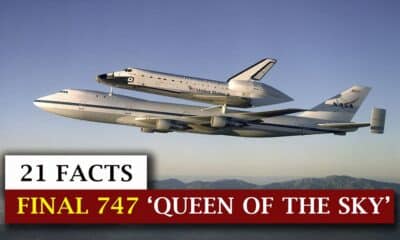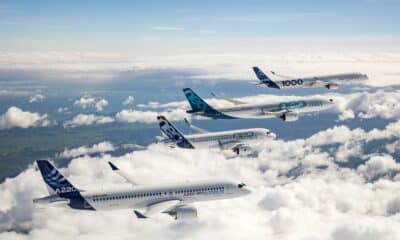Airlines
7 Reasons Why Airplanes Are Always Painted White In Color
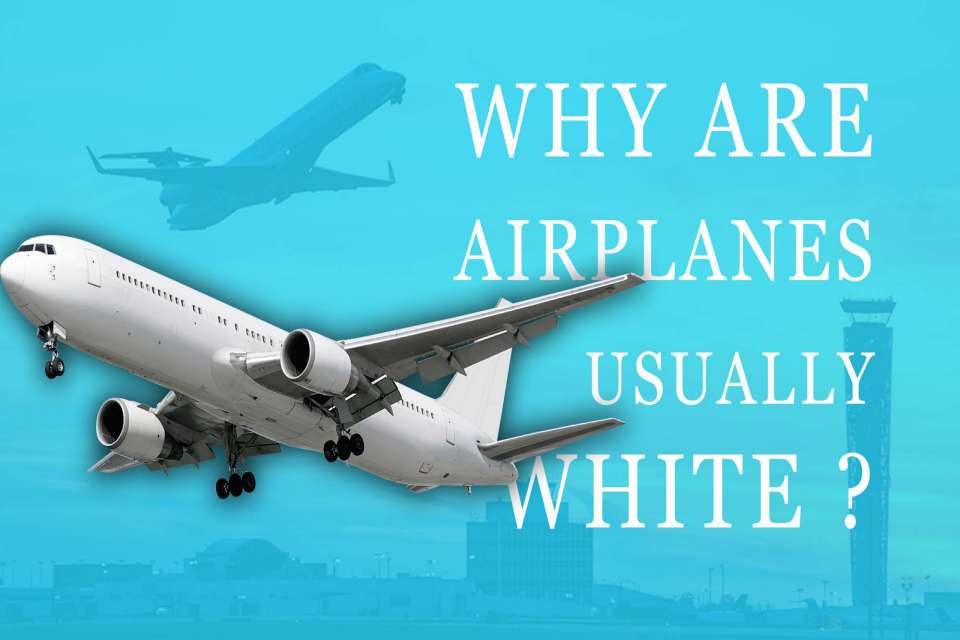
Commercial planes are generally white for these reasons: white color provides a thermal advantage, helps in the easier inspection of cracks and dents on the fuselage, and is also cost-effective. White planes also tend to have a higher resale value than colored ones.
Decorative paintings are expensive
Cost can run anywhere from $50K to $200K per plane. The 2-3 weeks of time required for such paint jobs will cause a loss of revenue for that period.
More paint= More weight= More fuel = More operating costs
The paint on a fully painted 747 will weigh more than 250 kg, while polished skin will just weigh 25 kg. EasyJet Airlines was able to reduce 2% of their operating costs by just repainting their planes with new thinner aerodynamic paints. When your annual fuel bill is $1.2 billion USD, then that 2% can mean a savings of $22.4 million USD. Suddenly a coating becomes interesting, doesn’t it?
Colorful Airplanes have low resale value.
Painting an aircraft in a color other than white can negatively affect its resale value as the buyer will have to repaint the plane which will further add more weight to the plane.
The airliners which purchase brand new planes instead of leasing are almost always purchasing by using huge long-term loans. This is a huge investment in a competitive market. They may themselves want to sell or lease their planes if things don’t go well.
White has some significant thermal advantages over color.
A white object reflects all wavelengths of light, so the light is not converted into heat, while a colored object absorbs more wavelengths of light and converts them into heat, so the object gets warm.
White is a nice, neutral base color.
Artists typically start out with a white canvas or white paper – it’s a color associated with “blank” and “clean”. Starting with a white base coat allows the airline’s marketing department to paint whatever livery they want on their flying billboards.
White doesn’t fade.
An average airliner will have several paint jobs during its service life, but the longer you can go between having to repaint the plane the better, and if you don’t have to worry about the paint fading and looking old for a good long while you can stretch the time between paint jobs without having your passengers start making snide comments about your fleet of flying hoopties.

Airlines
Singapore Airlines Ordered to Pay $3,580 to Couple over Faulty Seats
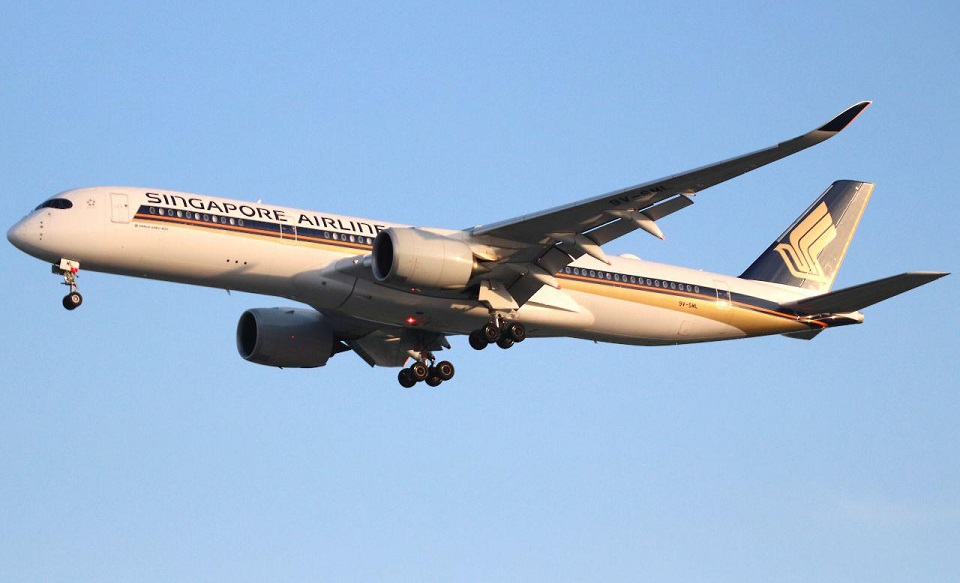
Following a dispute over defective seats during their voyage from India to Australia last year, Singapore Airlines (SIA) has been compelled to pay a sum exceeding S$3,500 to an Indian couple.
The District Consumer Disputes Redressal Commission in Hyderabad ruled in favour of Ravi and Anjali Gupta, who on May 23, 2023, had problems with their business class seats that were meant to automatically recline on their flight from Hyderabad to Australia via Singapore.
Reports from media outlets in India highlighted the discomfort experienced by the couple, who were compelled to endure the entire journey without the benefit of reclining seats, despite having paid a significant amount which cost around 66,750 rupees (S$1,090) for each ticket, lodged a complaint during the flight, expressing their dissatisfaction with the situation.
Singapore Airlines initially offered compensation in the form of 10,000 KrisFlyer miles per person, which was declined by the passengers. As reported by CNA, Singapore Airlines apologised for any difficulty the technical failure may have caused and acknowledged the District Consumer Disputes Redressal Commission of Hyderabad’s ruling.
SIA clarified that while the automatic recline feature on Mr. and Mrs. Gupta’s seats experienced a glitch, the manual recline function remained operational during the flight from Hyderabad to Singapore.
Regrettably, due to a fully occupied flight, SIA staff were unable to arrange alternative seating within the business class cabin. However, the airline asserts that its crew diligently monitored the couple’s comfort throughout the journey, offering to manually adjust the seats as needed.
Airlines
Cathay Pacific asks business class customers to bring their own cutlery
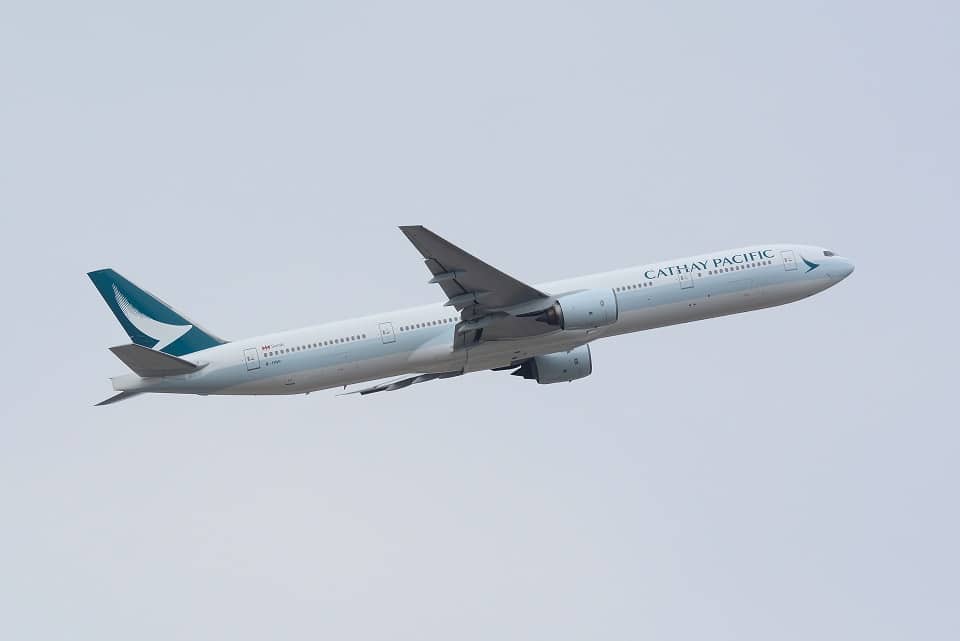
In an innovative move towards sustainability, renowned Hong Kong carrier Cathay Pacific has recently floated an unconventional idea to its business class customers.
Bringing their own cutlery sets onboard. This initiative, revealed through a member survey circulated within the airline’s “Cathay Lab” community – a platform comprising frequent business class travelers – has stirred a wave of curiosity within the aviation industry.
With sustainability becoming an increasing concern in aviation, Cathay Pacific’s survey aimed to gauge passengers‘ willingness to partake in various eco-friendly practices during their journeys.
Among the initiatives presented, including refilling reusable water bottles and recycling plastic, the prospect of bringing personal cutlery garnered significant attention. Some members expressed practical concerns, questioning the feasibility of carrying cutlery through airport security and the potential inconvenience for passengers unaware of regulations.
Others suggested that Cathay Pacific should simply provide reusable cutlery onboard instead. Furthermore, there were suspicions among some respondents that the BYO cutlery proposal might be a precursor to introducing additional charges, with one user humorously envisioning a scenario where the airline lends cutlery sets for a fee.
Despite the skepticism surrounding the proposal, Cathay Pacific’s exploration of innovative sustainability measures reflects a broader industry trend towards environmental consciousness.
Airlines
Air India and IndiGo’s Joint Initiative, Plans for 170 Wide-Body Aircraft

In a bold move that underscores their confidence in India’s burgeoning aviation sector, Air India and IndiGo have revealed ambitious plans to acquire a combined total of up to 170 wide-body aircraft.
This strategic investment marks a significant shift in the country’s aviation landscape, as it brings European aircraft manufacturer Airbus into a domain traditionally dominated by American giant Boeing.
With India positioned as one of the world’s fastest-growing aviation markets, the timing couldn’t be more opportune for such expansion endeavors. The aim is clear: to elevate India’s status as a global aviation hub by enhancing connectivity through direct flights between Indian cities and international destinations.
Currently, a substantial portion of India’s international air traffic relies on overseas hubs, particularly in the Gulf region. IndiGo’s announcement of firm orders for 30 A350-900 aircraft, with an option for an additional 70, signals its commitment to capturing a larger share of the long-haul market.
Meanwhile, Air India’s comprehensive order, unveiled last year, encompasses 70 wide-body planes, including a mix of A350 and Boeing 787 models.
Recognizing the potential for disruption in the long and ultra-long haul segments, aviation consultancy CAPA India has emphasized the pivotal role Indian carriers can play in driving innovation and transformation.
With the current combined fleet size of Indian airlines exceeding 700 aircraft, the stage is set for Air India and IndiGo to spearhead a new era of growth and connectivity in the Indian aviation sector.


